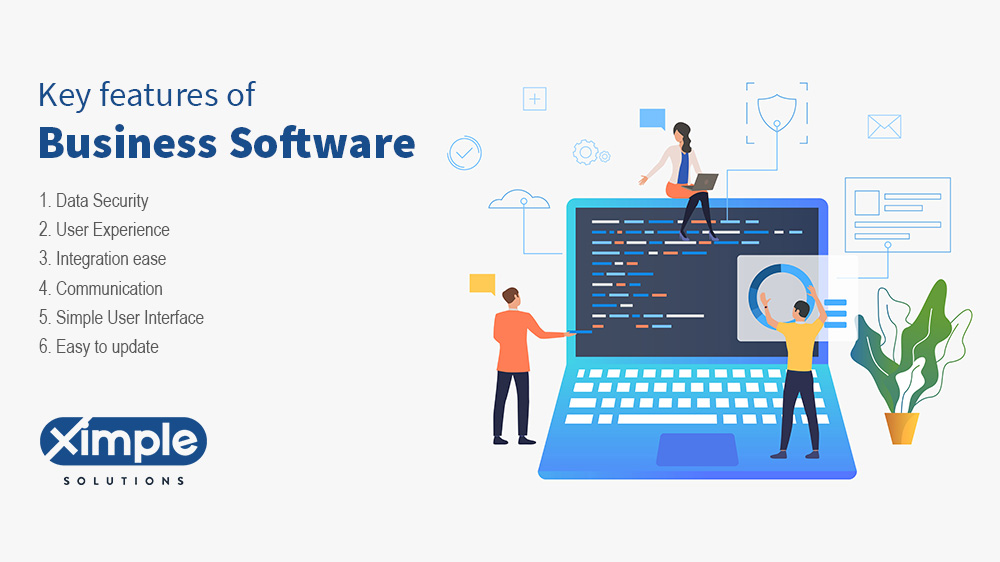
Ultimate Guide to Performance Optimization Software for Businesses
In the digital era, performance optimization software has become an essential tool for businesses striving for maximum efficiency and speed. From improving application response times to enhancing infrastructure scalability, these tools are the backbone of operational excellence. In this guide, we provide a comprehensive overview of performance optimization software, its key features, benefits, and how businesses can leverage it for success.
What Is Performance Optimization Software?
Performance optimization software refers to a suite of tools designed to monitor, analyze, and enhance the performance of systems, applications, websites, and networks. It targets bottlenecks, identifies inefficient processes, and provides actionable insights to streamline operations across the board.
Such software solutions support multiple environments including cloud infrastructure, on-premises systems, and hybrid architectures. They offer robust functionalities like real-time analytics, load testing, resource monitoring, and automation, enabling businesses to maintain optimal performance under all conditions.
Why Businesses Need Performance Optimization Software
Downtime and slow applications cost businesses millions every year. A lag of even a few seconds can result in lost conversions, poor user experience, and declining SEO rankings. Performance optimization software mitigates these risks by:
-
Proactively detecting anomalies
-
Accelerating application loading times
-
Reducing server load
-
Automating performance tuning
-
Improving user experience (UX)
With the increasing complexity of modern tech stacks, relying on manual optimization is no longer viable. Businesses need intelligent software to stay competitive.
Key Features of Top-Tier Performance Optimization Software
1. Real-Time Monitoring and Alerts
Modern optimization platforms provide real-time visibility into system health. With customizable dashboards and automated alerts, IT teams can stay informed about performance issues before they affect end-users.
2. Load and Stress Testing
Simulating high traffic loads helps businesses understand how their systems behave under pressure. Software like Apache JMeter, LoadRunner, and Gatling simulate virtual users to stress test web apps and APIs.
3. Resource Utilization Analytics
Tracking CPU, memory, disk I/O, and network usage ensures that resources are allocated efficiently. These insights help eliminate underperforming components and optimize for peak usage.
4. Code-Level Diagnostics
Advanced tools like New Relic, AppDynamics, and Dynatrace offer deep-dive capabilities into code execution. They identify slow database queries, memory leaks, and function bottlenecks, allowing developers to fine-tune performance.
5. Auto-Scaling and Load Balancing
Cloud-based optimization software supports auto-scaling, which automatically adjusts resource allocation based on traffic. Integrated load balancing ensures traffic is distributed evenly across servers for maximum availability.
6. End-User Experience Monitoring (EUEM)
EUEM tools provide insights into the actual experience of users on websites and apps. Metrics like time to first byte (TTFB), page load time, and transaction completion time help businesses refine UX strategies.
Benefits of Performance Optimization Software
Boost in Application Speed
Faster loading applications lead to higher conversion rates, lower bounce rates, and improved customer satisfaction. Performance optimization ensures your digital platforms run smoothly 24/7.
Scalability and Agility
Whether handling a viral campaign or expanding to new markets, optimized systems scale seamlessly. You avoid costly over-provisioning while being ready for traffic spikes.
Cost Reduction
By identifying unnecessary resource consumption and eliminating redundant processes, companies reduce infrastructure and energy costs significantly.
Data-Driven Decision Making
Actionable insights from performance tools help in strategic planning, feature prioritization, and product development based on real usage data.
Enhanced Security and Compliance
Monitoring software often includes security features like anomaly detection, data access logs, and vulnerability reporting, helping businesses stay compliant with industry standards such as GDPR and HIPAA.
Top Performance Optimization Software in 2025
Here are some of the best-rated solutions available today:
1. Dynatrace
Known for its AI-powered monitoring, Dynatrace offers full-stack visibility with automation at scale. It supports hybrid cloud environments and microservices architectures.
2. New Relic
With its intuitive interface and powerful APIs, New Relic is ideal for monitoring applications, infrastructure, and logs. It provides end-to-end observability across the stack.
3. AppDynamics
Cisco-owned AppDynamics excels at real-time performance monitoring, especially for large enterprise systems. It tracks business transactions and correlates them with technical metrics.
4. SolarWinds Server & Application Monitor
SolarWinds helps SMBs and enterprises alike with affordable, scalable performance tools. It offers templates for over 200 applications and servers.
5. Pingdom
Tailored for website performance, Pingdom offers uptime monitoring, transaction testing, and real-user monitoring with easy-to-understand visuals.
How to Choose the Right Performance Optimization Software
When selecting the best software, consider:
-
Scalability: Can it grow with your business?
-
Integration: Does it integrate with your current tech stack (e.g., AWS, Azure, Jenkins)?
-
Automation: Does it support automated remediation and intelligent alerting?
-
User Interface: Is the dashboard intuitive and customizable?
-
Support and Documentation: Are support services readily available with strong documentation?
Investing in a trial period or POC (Proof of Concept) can help evaluate these aspects before a full-scale rollout.
Best Practices for Performance Optimization
1. Establish Baselines and KPIs
Start by defining what “good performance” looks like for your business. Set KPIs like response time, uptime, and server load thresholds.
2. Automate Wherever Possible
Utilize AIOps (Artificial Intelligence for IT Operations) to automate repetitive monitoring tasks and anomaly detection. This reduces human error and increases efficiency.
3. Regular Audits and Reviews
Perform quarterly performance audits to identify new bottlenecks and update software configurations as needed.
4. Involve DevOps Early
Make optimization a part of the CI/CD pipeline. By shifting left in performance testing, you can fix issues before they reach production.
5. Educate Your Team
Train teams on interpreting reports and understanding optimization metrics. Empowered teams respond faster and more effectively to alerts.
Conclusion
Performance optimization software is no longer a luxury—it’s a necessity in the fast-paced digital economy. Whether you’re managing a high-traffic eCommerce store or a growing SaaS platform, the right tool can dramatically improve speed, reliability, and user satisfaction. Investing in optimization is investing in your business’s future.